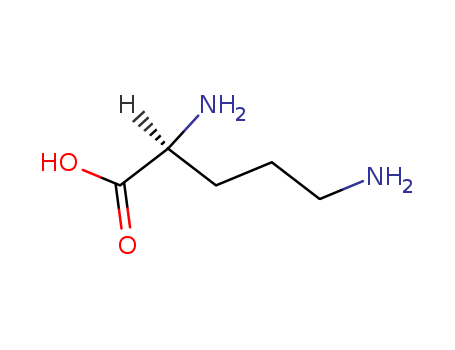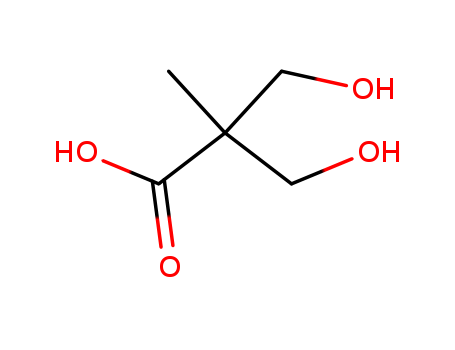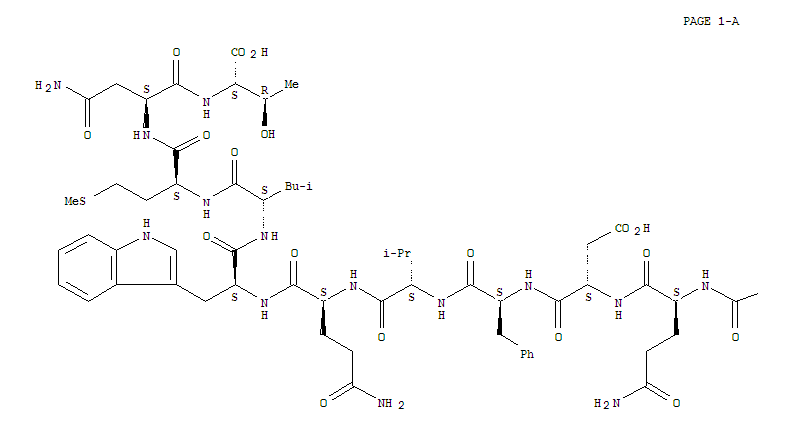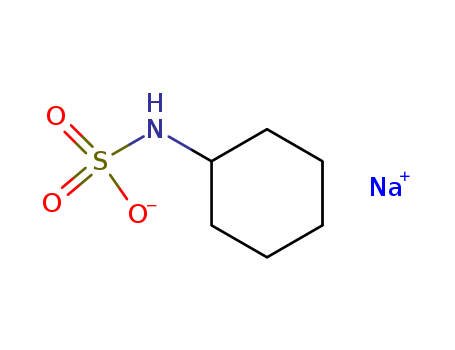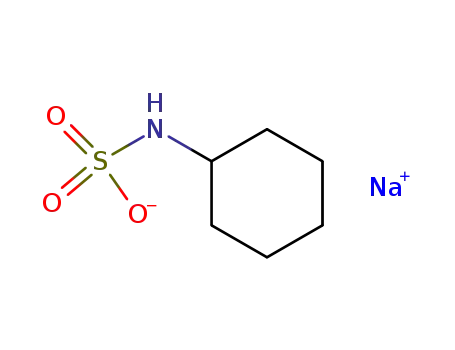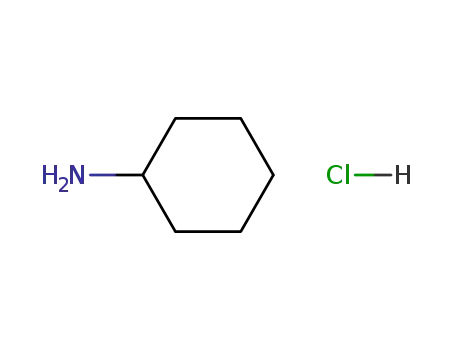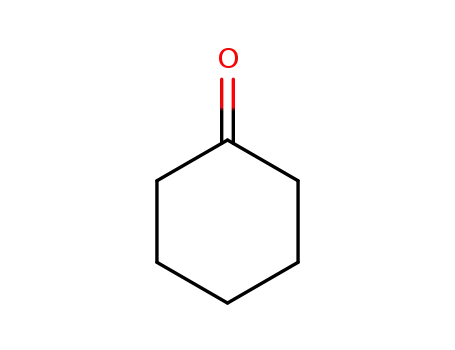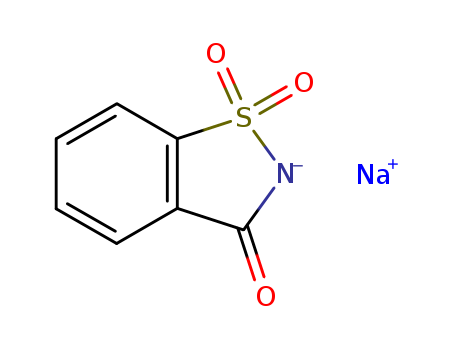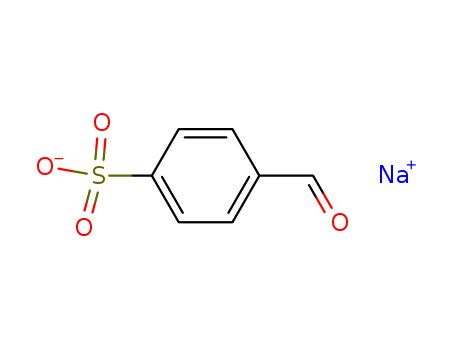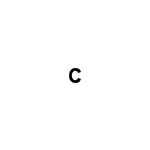|
History
|
Cyclamate was first synthesized in 1937. Like the other sweeteners, its sweet taste was accidentally discovered (U.S. Pat. 2,275,125 (Mar. 3, 1942), L. F. Andrieth and M. Sveda (to E. I. du Pont de Nemours & Co., Inc.). The FDA in 1958 classified sodium cyclamate as a GRAS sweetener. In 1969, a 2-year chronic toxicity study with a sodium cyclamate–sodium saccharin (10:1) mixture found bladder tumors in rats. The FDA took cyclamate off the GRAS list, banning it from foods and beverages, but permitting its sale in pharmacies. In 1970, after a congressional investigation, the FDA banned the use of cyclamate entirely. Abbott Laboratories, which has conducted additional toxicity and carcinogenicity studies with cyclamate, a 10:1 mixture of cyclamate–saccharin, and cyclohexylamine, claimed to be unable to confirm the 1969 findings. Abbott then filed a food additive petition for cyclamate in 1973, which was denied by the FDA in 1980. In 1982, the Calorie Control Council and Abbott Laboratories filed a second food additive petition containing the results of additional safety studies (The Calorie Control Council and Abbott Laboratories, Food Additive Petition for cyclamate 2A3672 (Sept. 22, 1982). That petition remains active.
|
|
Production Methods
|
Cyclamates are prepared by the sulfonation of cyclohexylamine in the presence of a base. Commercially, the sulfonation can involve sulfamic acid, a sulfate salt, or sulfur trioxide. Tertiary bases such as triethylamine or trimethylamine may be used as the condensing agent. The amine salts of cyclamate that are produced are converted to the sodium, calcium, potassium, or magnesium salt by treatment with the appropriate metal oxide.
|
|
World Health Organization (WHO)
|
Cyclamates, non-nutritive sweetening agents, have been used as additives in food and drugs since 1950. They have been demonstrated to have a carcinogenic potential at very high and long-sustained dosage in experimental animals. Some countries have consequently banned their use as food additives, whereas in others they remain available for this purpose. Most countries, however, continue to allow their use in small quantities in pharmaceutical preparations. (Reference: (WHODI) WHO Drug Information, 77.2, 12, 1977)
|
|
Air & Water Reactions
|
Water soluble.
|
|
Reactivity Profile
|
Sodium N-cyclohexylsulfamate is incompatible with strong oxidizing agents, strong acids and strong bases. Also incompatible with nitrites in acid solution. Has only limited compatibility with potassium salts .
|
|
Hazard
|
Some evidence of causing cancer in lab- oratory animals. Prohibited by FDA for food use. Questionable carcinogen.
|
|
Fire Hazard
|
Flash point data for Sodium N-cyclohexylsulfamate are not available; however, Sodium N-cyclohexylsulfamate is probably combustible.
|
|
Flammability and Explosibility
|
Notclassified
|
|
Pharmaceutical Applications
|
Sodium cyclamate is used as an intense sweetening agent in pharmaceutical formulations, foods, beverages, and table-top sweeteners. In dilute solution, up to about 0.17% w/v, the sweetening power is approximately 30 times that of sucrose. However, at higher concentrations this is reduced and at a concentration of 0.5% w/v a bitter taste becomes noticeable. Sodium cyclamate enhances flavor systems and can be used to mask some unpleasant taste characteristics. In most applications, sodium cyclamate is used in combination with saccharin, often in a ratio of 10 : 1.
|
|
Biochem/physiol Actions
|
Phenylsulfamate sweet tastant detectable by humans. ′First generation′ sweetener studied in animal models for its carcinogenic potential.
|
|
Toxicology
|
Sodium cyclamate is an odorless powder. It is about 30 times as sweet as sucrose in dilute solution. The structure of sodium cyclamate is shown in Figure 10.10 Capillary transitional cell tumors were found in the urinary bladders of 8 out of 80 rats that received 2600 mg/kg body weight per day of a mixture of sodium cyclamate and sodium saccharin (10:1) for up to 105 weeks. When the test mixture was fed at dietary levels designed to furnish 500, 1120, and 2500 mg/ kg body weight to groups of 35 and 45 female rats, the only significant finding was the occurrence of papillar carcinomas in the bladders of 12 of 70 rats fed the maximum dietary level of the mixture (equivalent of about 25 g/kg body weight) for periods ranging from 78 to 105 weeks (except for one earlier death). In vivo conversion from sodium cyclamate to cyclohexylamine was observed particularly in the higher dosage group. Cyclohexylamine is very toxic (LD50 rat oral=157 mg/dg) compared to sodium cyclamate (LD50 oral=12g/kg).
|
|
Safety Profile
|
Moderately toxic by intravenous and intraperitoneal routes. Mildly toxic by ingestion. Experimental reproductive effects. Questionable carcinogen with experimental neoplastigenic, tumorigenic, and teratogenic data. Human mutation data reported. When heated to decomposition it emits very toxic fumes of NazO, SOx, and NOx.
|
|
Safety
|
There has been considerable controversy concerning the safety of cyclamate following the FDA decision in 1970 to ban its use in the USA. This decision resulted from a feeding study in rats that suggested that cyclamate could cause an unusual form of bladder cancer. However, that study has been criticized because it involved very high doses of cyclamate administered with saccharin, which has itself been the subject of controversy concerning its safety; see Saccharin. Although excreted almost entirely unchanged in the urine, a potentially harmful metabolite of sodium cyclamate, cyclohexylamine, has been detected in humans. In addition, there is evidence to suggest cyclamate is metabolized to cyclohexylamine by the microflora in the large intestine of some individuals (approximately 25% of the population with higher precedence in Japanese than Europeans or North Americans). Cyclohexylamine, following absorption, is metabolized to an extent of 1-2% to cyclohexanol and cyclohexane-1,2-diol. Established no-observedeffect level (NOEL) and acceptable daily intake (ADI) values are based on cyclohexylamine levels of high cyclamate converters.(6,7) Extensive long-term animal feeding studies and epidemiological studies in humans have failed to show any evidence that cyclamate is carcinogenic or mutagenic. As a result, sodium cyclamate is now accepted in many countries for use in foods and pharmaceutical formulations. Few adverse reactions to cyclamate have been reported, although its use has been associated with instances of photosensitive dermatitis. The WHO has set an estimated acceptable daily intake for sodium and calcium cyclamate, expressed as cyclamic acid, at up to 11 mg/kg body-weight. In Europe, a temporary acceptable daily intake for sodium and calcium cyclamate, expressed as cyclamic acid, has been set at up to 1.5 mg/kg body-weight. LD50 (mouse, IP): 1.15 g/kg LD50 (mouse, IV): 4.8 g/kg LD50 (mouse, oral): 17 g/kg LD50 (rat, IP): 1.35 g/kg LD50 (rat, IV): 3.5 g/kg LD50 (rat, oral): 15.25 g/kg
|
|
storage
|
Sodium cyclamate is hydrolyzed by sulfuric acid and cyclohexylamine at a very slow rate that is proportional to the hydrogen ion concentration. Therefore, for all practical considerations, it can be regarded as stable. Solutions are also stable to heat, light, and air over a wide pH range. Samples of tablets containing sodium cyclamate and saccharin have shown no loss in sweetening power following storage for up to 20 years. The bulk material should be stored in a well-closed container in a cool, dry place.
|
|
Regulatory Status
|
The use of cyclamates as artificial sweetners in food, soft drinks, and artificial sweetening tablets was at one time prohibited in the UK and some other countries owing to concern about the metabolite cyclohexylamine. However, this is no longer the case, and cyclamates are now permitted for use as a food additive in Europe. Included in the FDA Inactive Ingredients Database (oral powder, solutions, chewable tablets, and suspensions). Included in nonparenteral medicines licensed in the UK. Included in the Canadian List of Acceptable Non-medicinal Ingredients.
|
|
Brand name
|
Adocyl;Ampenoline balsamoco;Assugrin;Azucrona;Cyclarin;Glusac super;Ilgon;Sladicin;Sucaryl calcium;Sucaryl sodium;Sucrum 7.
|
|
General Description
|
Odorless or almost odorless white crystals or crystalline powder. Intensely sweet taste, even in dilute solution. pH (10% solution in water): 5.5-7.5. Used as a non-nutritive sweetener.
|
| Factory |
Shanghai Wibson Biotechnology Co., Ltd. is a high-tech enterprise that mainly develops and sells pharmaceutical and chemical raw materials and other related products. The company has advanced and perfect supporting system and has formed advanced chemical synthesis technology, which can quickly meet the personalized needs and series development from suitable testing to industrial production. Products are exported to Russia, Southeast Asia and other countries, in the world has a very high reputation and visibility. The company has strong financial strength and a good operating environment, can provide customers with high-quality, efficient and fast services. We have 16 years of experience in R&D and manufacturing, we have rich experience in shipping, many well-known companies have cooperated with us, and are good at shipping various chemical products with us.We can provide OEM,ODM service with low MOQ! |
 English
English 中文
中文
 English
Japanese
Russian
Korean
गोंगेन हें नांव
Deutsch
Corsu
Guarani
Hausa
Cymraeg
Nederlands
Aymara
Français
Kreyòl ayisyen
čeština
ʻŌlelo Hawaiʻi
डोग्रिड ने दी
ภาษาไทย
հայերեն
فارسی
Hmoob
ދިވެހި
भोजपुरी
繁體中文
Türkçe
हिंदी
беларускі
български
tur
Gaeilge
ગુજરાતી
Magyar
Eesti keel
بالعربية
বাংলা
Azərbaycan
Português
Suid-Afrikaanse Dutch taal
کوردی-سۆرانی
Ελληνικά
español
Frysk
dansk
አማርኛ
Bamanankan
euskara
Italiano
Tiếng Việt
অসমীয়া
català
Suomalainen
Eʋegbe
Hrvatski
Cebuano
Gàidhlig na h-Alba
bosanski
galego
English
Japanese
Russian
Korean
गोंगेन हें नांव
Deutsch
Corsu
Guarani
Hausa
Cymraeg
Nederlands
Aymara
Français
Kreyòl ayisyen
čeština
ʻŌlelo Hawaiʻi
डोग्रिड ने दी
ภาษาไทย
հայերեն
فارسی
Hmoob
ދިވެހި
भोजपुरी
繁體中文
Türkçe
हिंदी
беларускі
български
tur
Gaeilge
ગુજરાતી
Magyar
Eesti keel
بالعربية
বাংলা
Azərbaycan
Português
Suid-Afrikaanse Dutch taal
کوردی-سۆرانی
Ελληνικά
español
Frysk
dansk
አማርኛ
Bamanankan
euskara
Italiano
Tiếng Việt
অসমীয়া
català
Suomalainen
Eʋegbe
Hrvatski
Cebuano
Gàidhlig na h-Alba
bosanski
galego

